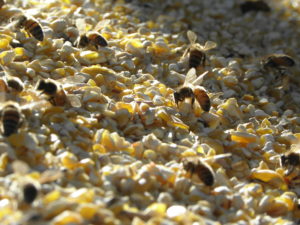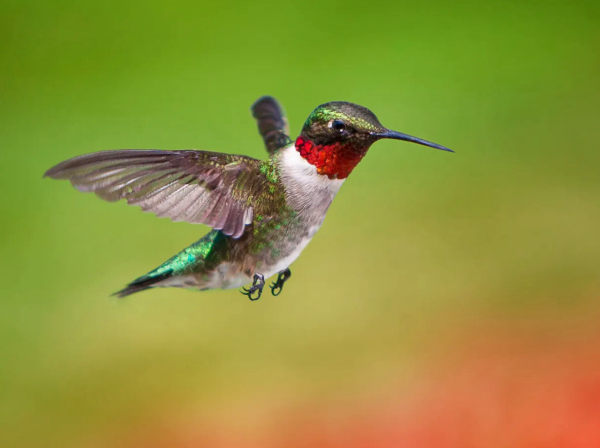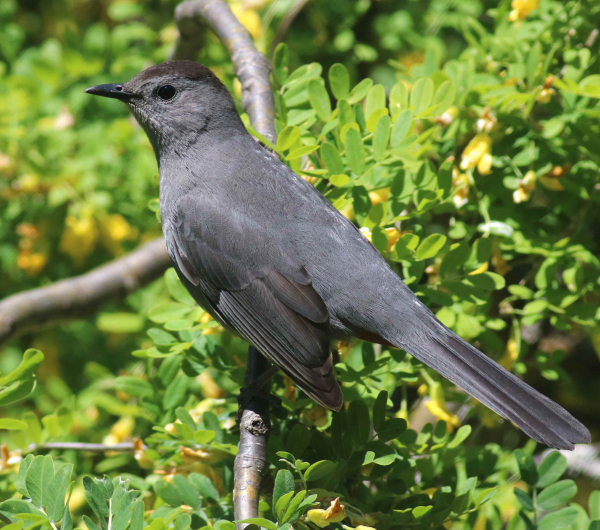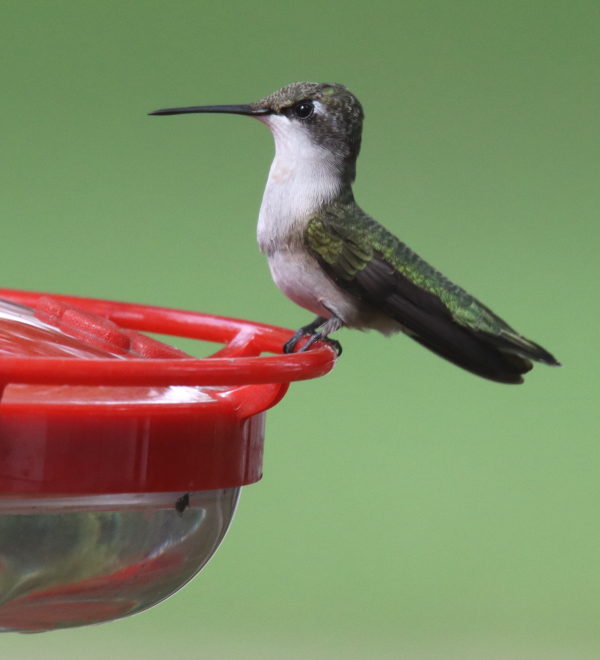Foraging Winter Honey Bees in Michigan
By Glen Wunderlich
As a youngster, I recall a winter’s day in Highland Park, Michigan when I found some “dead” wasps on the rear porch of my grandparents’ home. Someone gave me a jar and the motionless insects were dropped in and the lid was screwed shut. There in the warmth of the house, I shared my discovery with the family, when the critters began to wake up and fly within the confines of the container.
The incidental experiment was a learning experience reminiscent of the warming trend recently provided to us Michiganders, courtesy of Mother Nature. The migrating birds were singing, the trees were budding, frost evolved into mud, and the insects were thrust into a world they hadn’t seen in months and instinctive honey bees were among them.
For the second year in a row, I found honey bees by the hundreds – maybe thousands – atop a shed where I scatter seed for the birds. Because no flowers are available in February, foraging bees are attracted to the cracked seed as a pollen substitute and protein source, which will be used as food to rear their soon-to-be-hatched larvae.
How they collect and transport the nutrition to the hive is an interesting exercise in the relentless pursuit of survival. Here there are no slackers; each worker bee pulls its own weight collecting the harvest in a most intriguing manner. Since they cannot carry seeds to the hive, they dig in and roll around in the seed mixture in an effort to get pollen dust attached to their bodies.
These female bees begin grooming themselves and wipe the seed dust into storage sacks on their legs called pollen baskets or corbicula. Pollen is almost microscopic, so visible granules of any size are made up of thousands of pieces of pollen.
Interestingly, this natural storage basket can hold up to 1 million grains of pollen. Although many insects collect pollen from flowers, none can rival the bee’s production. However, even though bees’ bodies are ideally engineered for pollen-gathering, it takes considerable effort. Depending on the efficiency of the worker bee, filling the basket takes between 3 and 18 minutes, after which she carries only two pollen packets back to the hive. It takes an average of 20 pairs of pollen packages to fill one honeycomb cell, meaning that bees tirelessly to supply the hive.
A decade ago, beekeepers in the US reported that a mysterious affliction, dubbed Colony Collapse Disorder (CCD), had caused widespread die-offs of bees. Scientists now agree that CCD was likely caused by a combination of environmental and biological factors, but nothing specific has been confirmed or proven. CCD is no longer causing large-scale colony death in North America, but beekeepers are still reporting disturbing colony losses—as high as 45 percent annually.
If bees have taken over your bird feeder, you can feed them a solution of 2 parts white sugar to one part water in a shallow dish or brewer’s yeast to divert them from bird feeders. In any event, it’s a worthwhile event, if you can catch the show.







